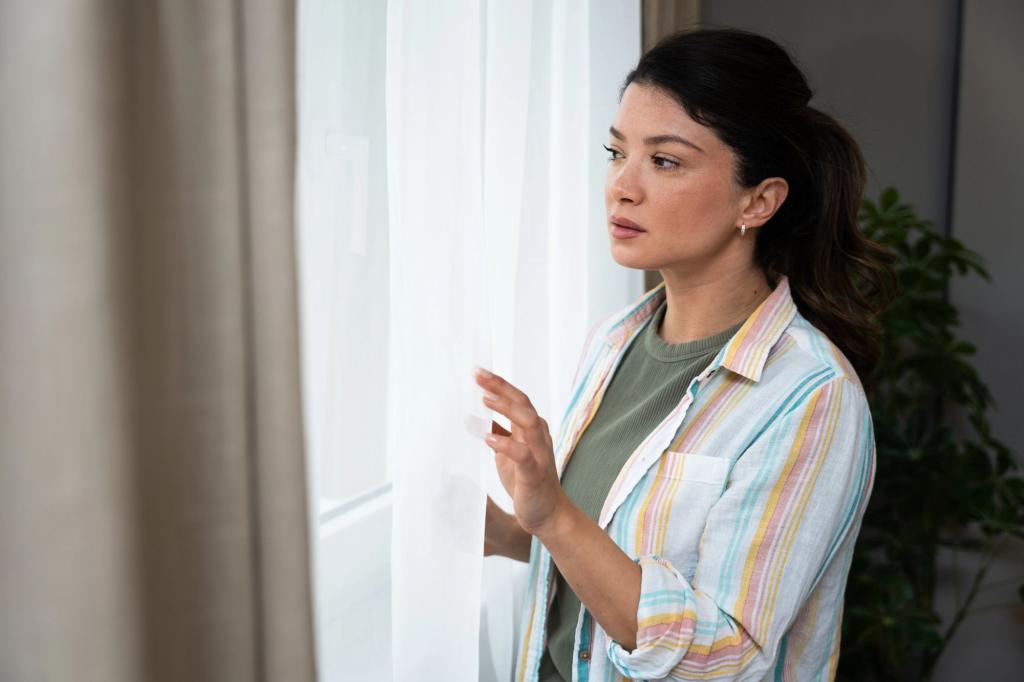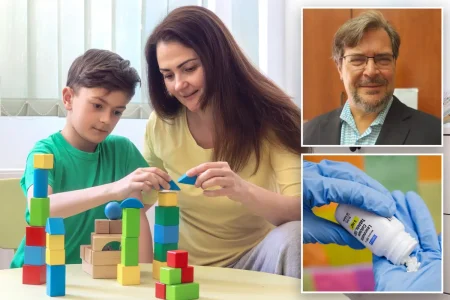The Complexities of Relationships and Aging at Home
Finding Connection While Fearing Commitment
Dear Abby receives a heartfelt letter from a woman caught in a cycle of seeking relationships yet feeling trapped once in them. As a divorced single mom who has been co-parenting for 15 years, she finds herself repeating a painful pattern. Her partners consistently tell her she struggles to connect emotionally, leaving relationships without substance that eventually crumble. When breakups occur, she feels devastated and begs for second chances, but the fundamental issues remain unresolved. The pattern has become so predictable that her last two relationships—each lasting four years—ended with similar criticisms: her unwillingness to bond with her partners’ children and her inability to show vulnerability, leaving her partners questioning her true intentions and feelings.
From her perspective, the exhaustion of single motherhood while working full-time drives her to seek a male figure who can provide safety and security. Recently, perimenopause has complicated matters further, affecting her emotional and physical well-being. She recognizes this destructive cycle but feels powerless to break it. Abby suggests that while the letter writer clearly understands what she wants from relationships, she may not have considered what she offers in return. The consistent feedback about emotional unavailability suggests her partners sensed her hesitation to fully invest. Abby recommends professional help through a licensed mental health professional to examine her priorities and learn how to form deeper, more meaningful connections that could lead to the lasting relationship she desires.
The Importance of Home Safety as We Age
In another letter, a retired couple disagrees about necessary home modifications. Their beautiful two-story house with a basement requires several safety updates: unsecured area rugs need securing, showers need safety rails, unused bathtubs due to difficulty getting in and out, and basement stairs lacking handrails. While the wife sees these modifications as crucial for aging safely in their home, her husband dismisses them as “no big deal” that can wait. Both strongly wish to avoid moving to an assisted living facility, preferring to age in place, but they’re at an impasse about the urgency of making their home safer.
This common scenario highlights how differently people approach aging-related home modifications. The wife recognizes that preventing falls and accidents through proactive changes could mean the difference between continuing independent living and forced relocation after an injury. Abby sides firmly with the wife’s perspective, noting that foresight beats hindsight when it comes to safety. She advises the woman to take matters into her own hands if her husband continues to procrastinate, suggesting she hire someone to install the necessary safety features rather than waiting for her husband to acknowledge their importance.
The Psychology Behind Relationship Patterns
The first letter reveals much about how our early experiences and personal insecurities shape our approach to relationships. The woman’s pattern—craving relationships but feeling trapped once in them—likely stems from complex attachment issues that developed long before her current situation. Her recognition that she seeks male figures primarily for security suggests she values relationships more for what they provide than for the emotional connection itself. This transactional view naturally creates distance that partners eventually sense and react to. The emotional labor of vulnerability feels threatening to her, yet without it, intimate relationships cannot thrive.
Her perimenopause adds another layer of complexity, as hormonal changes can intensify emotional responses and trigger reassessments of life choices. This biological transition often coincides with other major life changes—like her child graduating college—creating a perfect storm that magnifies existing patterns. Abby’s recommendation for professional help acknowledges that these deeply ingrained patterns rarely resolve without skilled intervention. A therapist could help her explore her fear of true intimacy while building the emotional skills needed to maintain connections. The work isn’t simple or quick, but understanding that her approach to relationships stems from genuine needs for security while fearing vulnerability provides a starting point for meaningful change.
Navigating the Challenges of Aging in Place
The second letter addresses a critical issue facing millions of aging Americans: how to safely remain in their homes as physical capabilities change. The couple’s beautiful multi-level home, once perfectly suited to their needs, now presents hazards that could lead to serious injuries. Research consistently shows that simple modifications like the ones the wife suggests dramatically reduce fall risks—the leading cause of injury among older adults. Her husband’s resistance isn’t unusual; many people associate home safety modifications with decline and dependency, triggering denial as a psychological defense against aging.
This resistance often masks deeper fears about mortality and loss of independence. Ironically, by refusing preventative measures, her husband increases their likelihood of losing independence through preventable injuries. Abby’s practical advice recognizes this psychological complexity while prioritizing safety. By encouraging the wife to proceed with modifications regardless of her husband’s resistance, Abby acknowledges that sometimes one partner must take the lead on safety issues. The goal of aging in place—maintaining independence in one’s home—paradoxically requires acknowledging and adapting to changing physical needs rather than denying them.
The Cultural Context of Relationship Expectations and Aging
Both letters reflect broader cultural challenges. The first writer’s relationship struggles highlight how American society often emphasizes romantic partnerships as solutions to emotional needs while providing little education about maintaining healthy connections. Women particularly face contradictory messages: be independent yet nurturing, self-sufficient yet emotionally available. The writer’s pattern reflects this tension—seeking relationships for security while struggling with the vulnerability they require. As her child leaves for adulthood, she faces questions about identity common to empty-nesters, especially single parents whose identity has centered around parenting.
Similarly, the second letter reflects America’s complex relationship with aging. Our culture celebrates independence while providing minimal support for aging in place. The couple’s desire to avoid “God’s waiting room” facilities reveals the stigma around senior living communities, yet they disagree on the practical steps needed to maintain independence. Their situation represents millions of aging Americans trying to navigate housing decisions with inadequate preparation and support. Abby’s advice acknowledges these cultural realities while offering practical solutions: seek professional help for emotional patterns, and take concrete action on safety concerns rather than waiting for consensus that may never come.
Finding Balance Between Independence and Connection
Both letters, though addressing different issues, ultimately explore the human challenge of balancing independence with connection. The relationship-seeking writer craves connection but fears losing independence through emotional vulnerability. The safety-conscious homeowner seeks to preserve independence through practical modifications while her husband’s resistance ironically threatens that very independence. Abby’s responses in both cases acknowledge that healthy independence often requires acknowledging interdependence—whether with partners, family members, or professionals who can help.
For the relationship-seeker, moving forward means recognizing that true connection requires the courage to be vulnerable, to offer as much as she hopes to receive. For the safety-conscious homeowner, progress means taking action to preserve independence rather than waiting for her husband to overcome his resistance. In both cases, the path forward requires courage, self-awareness, and sometimes making difficult choices without guaranteed outcomes. As Abby suggests, seeking professional guidance—whether from therapists or home safety experts—can provide the support needed to navigate these complex transitions. Both letters remind us that throughout life, our greatest challenges often involve finding the delicate balance between connection and autonomy, between accepting help and maintaining independence.















